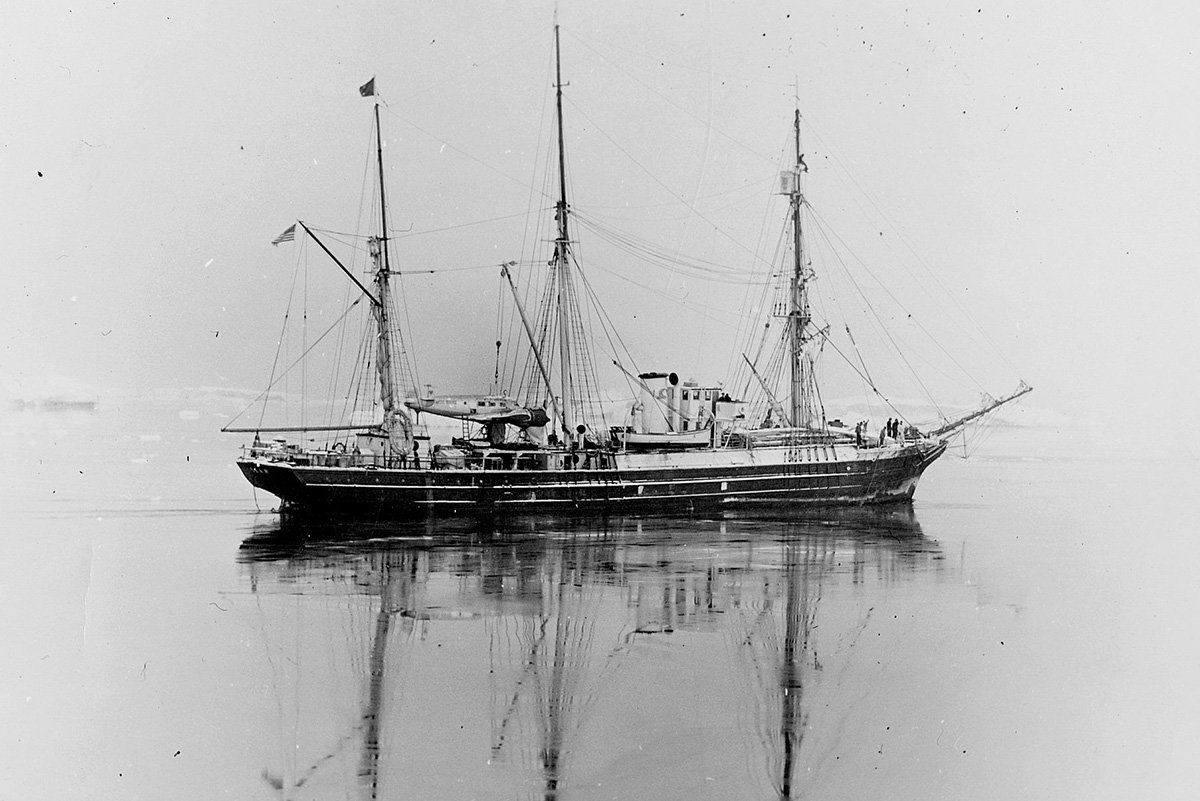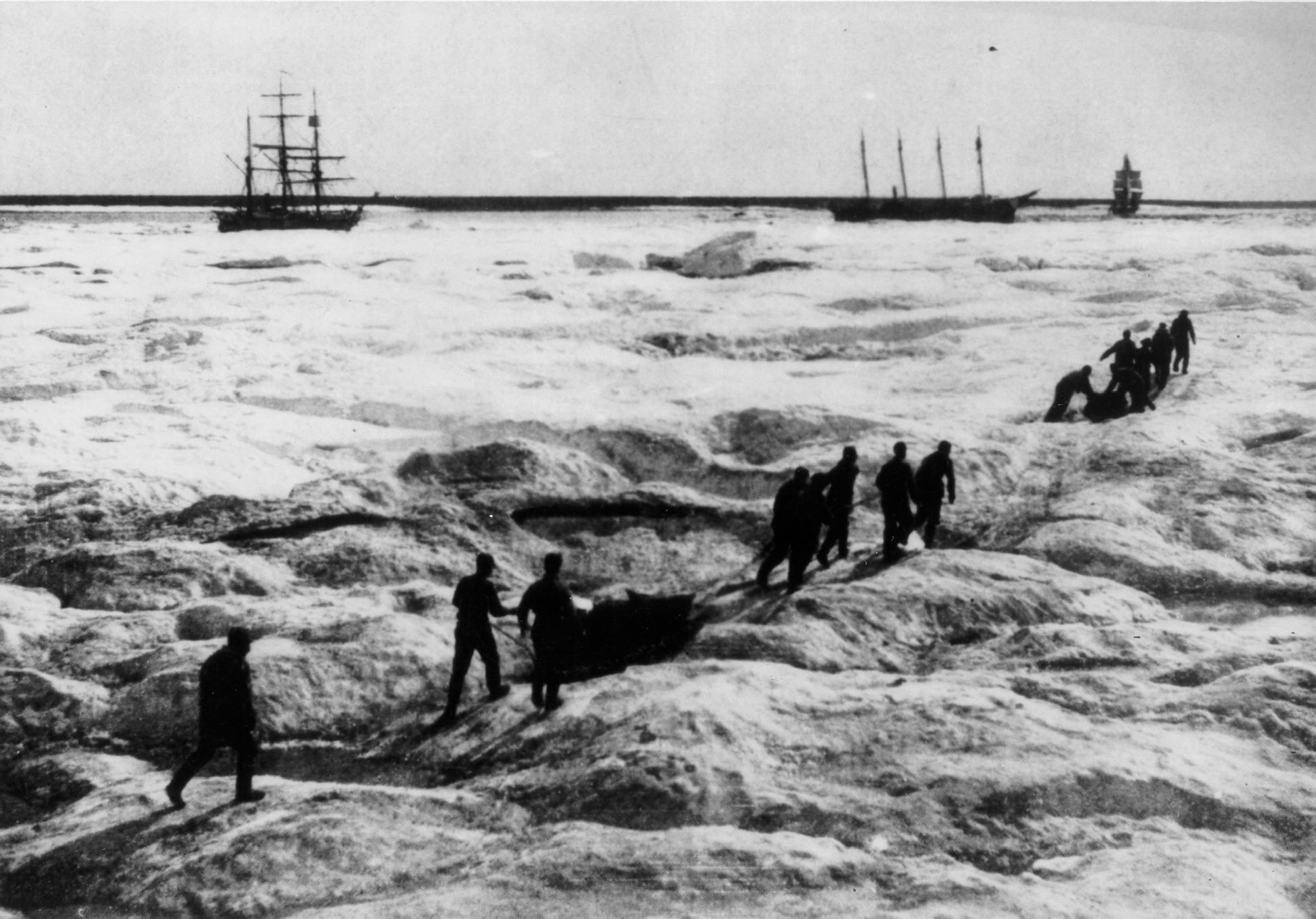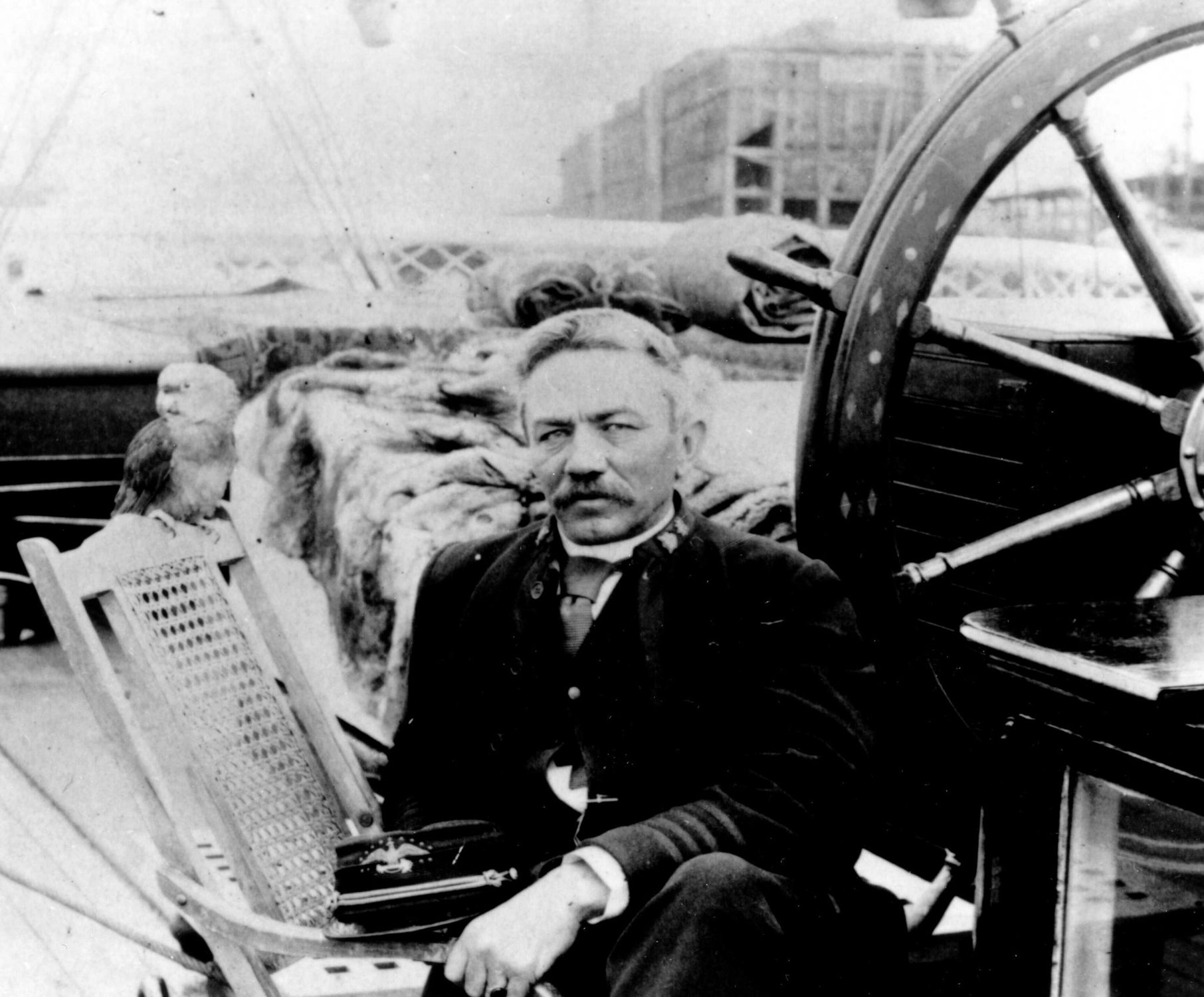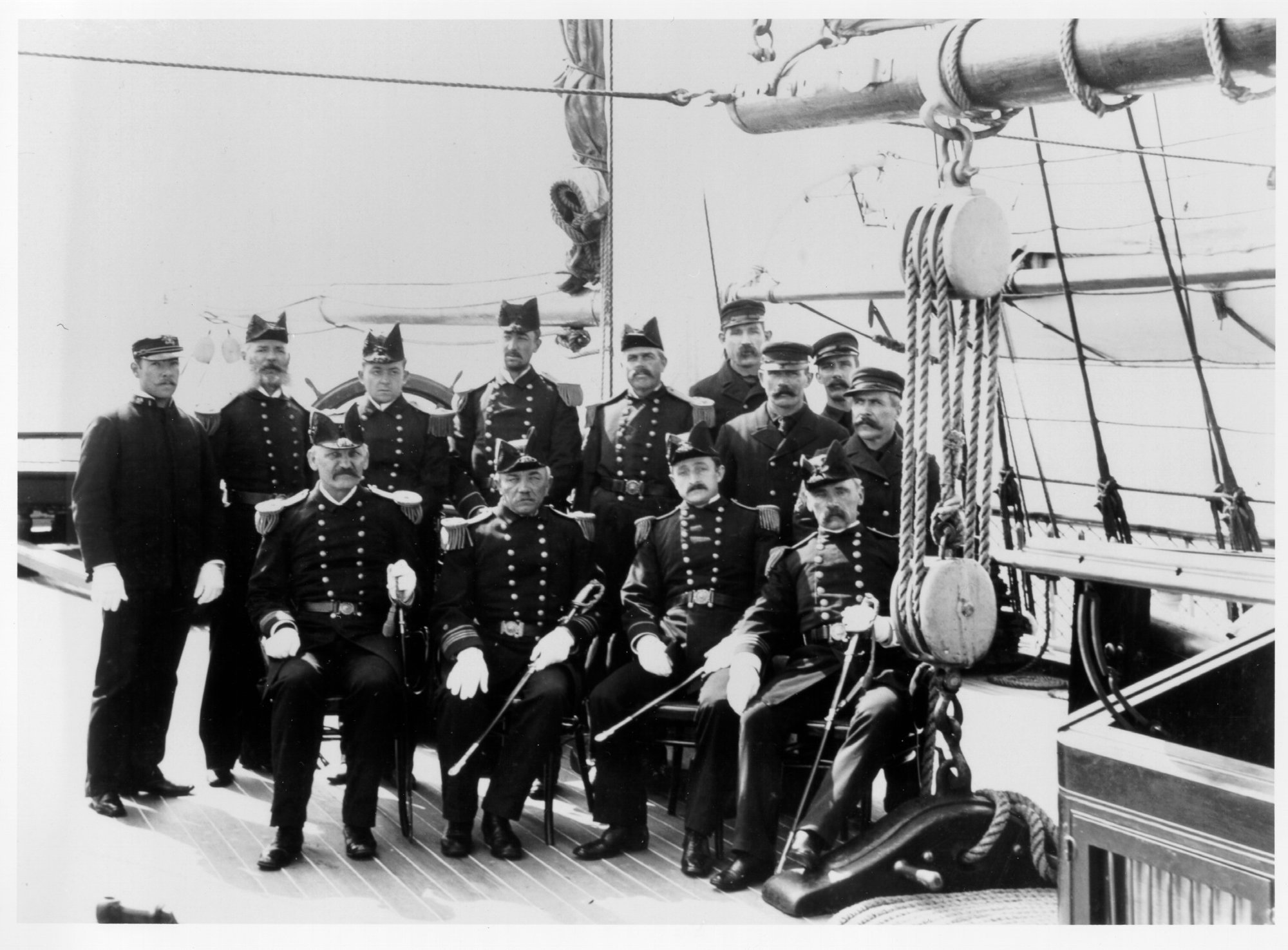US Coast Guard Discovers the Wreck of a Legendary American Cutter

The US revenue cutter Bear in Antarctic waters circa 1939. The Coast Guard defines a cutter as a “vessel 65 feet in length or greater, with accommodations for a crew to live aboard.” Photo courtesy of the US Navy.
The US Coast Guard recently discovered the wreck of the US revenue cutter Bear, a storied vessel that sank in 1963. On Oct. 15, representatives from the National Oceanic and Atmospheric Administration and the US Coast Guard announced the identification of the wreck about 90 miles off Cape Sable, Nova Scotia, in about 200 feet of frigid North Atlantic seawater.
The Bear is among the most significant cutters in US Coast Guard history. The ship sank in a 1963 storm while on a scheduled tow en route to Philadelphia, where it was to be refurbished into a floating restaurant.
Scotland shipyards had outfitted the Bear with more than just sail power. According to the US Coast Guard’s official blog: “Bear was 200-feet long with a wooden hull reinforced with six-inch thick oak planks and sheathed with Australian ironwood for a total of 10 inches of hull thickness.”
The hull fittings allowed the cutter, also equipped with a steam engine, to plow through ice sheets and hunt fur seals, a valuable commodity during the late 19th century.

After the Bear had an 1884 refit for Arctic travel, the US government purchased it from seal hunters. Along the Alaskan coast for the next several decades, the ship’s new purpose was, ironically, to hunt for seal poachers. The vessel also became a de facto floating courthouse, complete with a public defender, judge, prosecutor, and small jail.
The Coast Guard acted as the only federal government body in the Alaskan territory at the time, and several vessels rotated the self-contained judiciary responsibilities.
Outside of jail and court duty, the overall mission of the US Revenue Cutter Service — which merged into the Coast Guard in 1915 — was quite broad. For example, while under the command of Capt. Michael Healy, the Bear’s 1891 patrol included a wide range of activities. The cutter procured witnesses in a murder case, transported reindeer from Russia to Alaska, carried touring dignitaries and local teachers, ferried a US Geological Survey team to investigate remote Mount Saint Elias, and hauled construction materials and letters.
According to NOAA and Coast Guard historian William Thiesen, the Bear also provided search, rescue, and relief services to Alaska Native populations and ships in the region, in addition to policing the waters for seal poachers.

Known by the nickname “Hell Roaring Mike,” Healy was the first Black man to command a US federal ship. Under his watch, the Bear stopped the exploitation of tribal members along the Alaskan coast and intercepted illegal alcohol shipments. According to the NOAA, “Native people referred to the Bear as … ‘the fire canoe with no whiskey.’”
After its service in the Bering Sea and the Pacific Northwest, the Bear moved on to more dynamic missions under the Coast Guard banner. While patrolling the waters off the coast of Greenland in 1941, the vessel logged America’s first enemy ship capture of World War II — the German trawler, Buskoe.
The life-or-death missions of the Bear slowly came to an end at the close of WWII. With the advent of diesel engines and steel hulls, the legendary ship had, by then, become obsolete. The Bear briefly served as a museum and sat unused for years before plans were set in motion to turn the vessel into a floating restaurant.

Though the Bear’s wreck is located in Canadian waters, the NOAA and the Coast Guard are still discussing plans to preserve and protect the newly discovered wreck site; heavy damage from ocean currents and fishing equipment have reportedly already taken a toll on decaying wooden components.
Now that the Bear has been discovered at last, the ship’s legacy will no doubt continue to inspire the modern Coast Guard.
Read Next: US Coast Guard Spearheads Haiti Earthquake Relief

Lauren Coontz is a former staff writer for Coffee or Die Magazine. Beaches are preferred, but Lauren calls the Rocky Mountains of Utah home. You can usually find her in an art museum, at an archaeology site, or checking out local nightlife like drag shows and cocktail bars (gin is key). A student of history, Lauren is an Army veteran who worked all over the world and loves to travel to see the old stuff the history books only give a sentence to. She likes medium roast coffee and sometimes, like a sinner, adds sweet cream to it.
BRCC and Bad Moon Print Press team up for an exclusive, limited-edition T-shirt design!
BRCC partners with Team Room Design for an exclusive T-shirt release!
Thirty Seconds Out has partnered with BRCC for an exclusive shirt design invoking the God of Winter.
Lucas O'Hara of Grizzly Forge has teamed up with BRCC for a badass, exclusive Shirt Club T-shirt design featuring his most popular knife and tiomahawk.
Coffee or Die sits down with one of the graphic designers behind Black Rifle Coffee's signature look and vibe.
Biden will award the Medal of Honor to a Vietnam War Army helicopter pilot who risked his life to save a reconnaissance team from almost certain death.
Ever wonder how much Jack Mandaville would f*ck sh*t up if he went back in time? The American Revolution didn't even see him coming.
A nearly 200-year-old West Point time capsule that at first appeared to yield little more than dust contains hidden treasure, the US Military Academy said.












